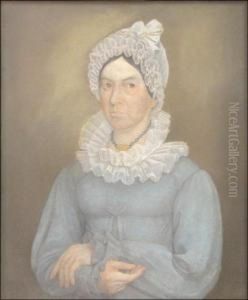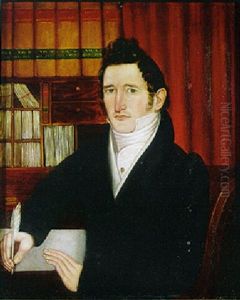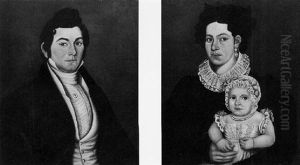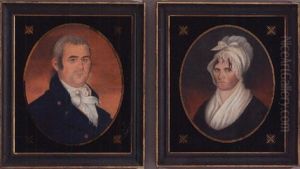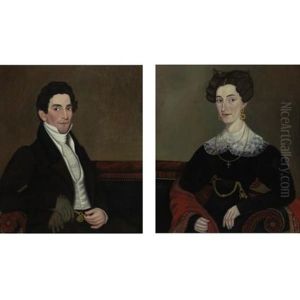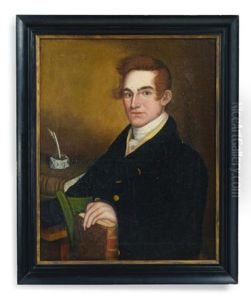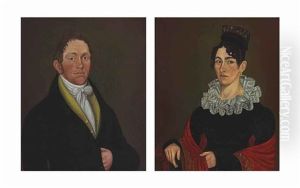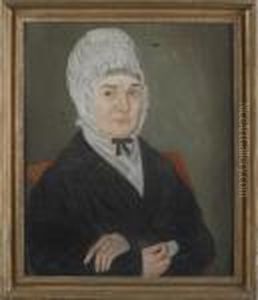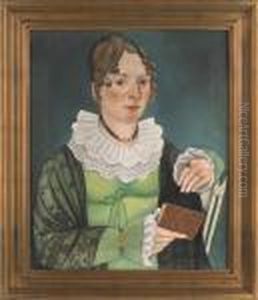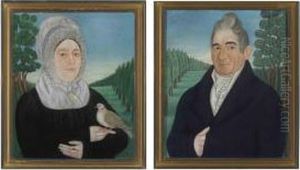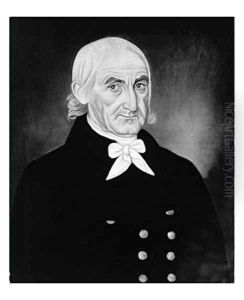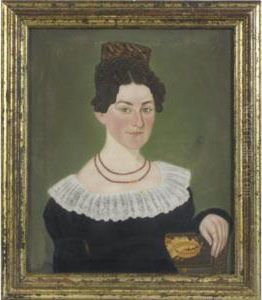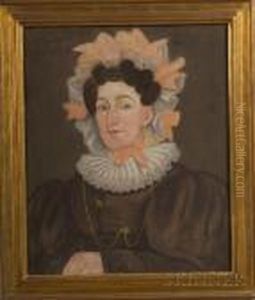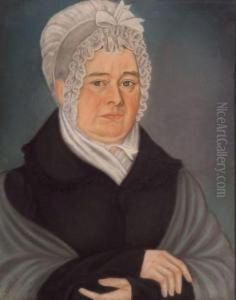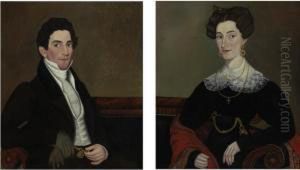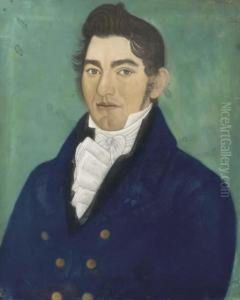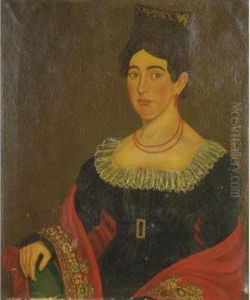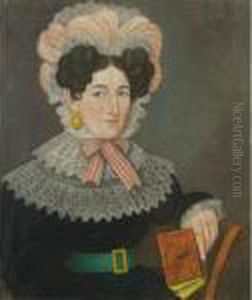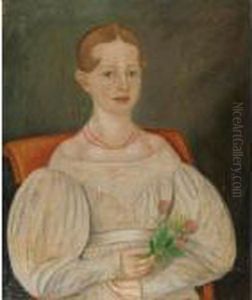Micah Williams Paintings
Micah Williams was an American folk artist, born in 1782 in Raritan Landing, New Jersey. While not much is known about his early life, Williams emerged as a significant figure in the folk art world, particularly noted for his detailed pastel portraits. Before establishing himself as an artist, Williams engaged in various occupations, including that of a barber and a profile cutter. It is believed that his career as a portraitist began around 1815, marking a period when he transitioned from his earlier professions to focus solely on his artistic pursuits.
Williams' artistry is characterized by its vivid portrayal of early 19th-century American life, capturing the essence of his subjects with remarkable clarity and depth. He predominantly worked with pastels, a medium that was relatively less common among his contemporaries, which lent a unique texture and vibrancy to his works. His subjects varied widely, from children and families to prominent local figures, offering a diverse glimpse into the period's social fabric.
Throughout his career, Micah Williams remained largely itinerant, traveling across New Jersey and possibly to neighboring states, where he would offer his portrait services to a clientele that spanned different social and economic backgrounds. This mobility allowed him to create a broad and varied portfolio, reflecting the faces of early American society with a rare authenticity and emotional depth.
Despite his prolific output and the quality of his work, Williams did not achieve significant fame during his lifetime. It wasn't until the 20th century that his contributions to American folk art began to be fully appreciated, with scholars and collectors acknowledging the importance of his work in documenting an era and its people. Today, Micah Williams is celebrated as a key figure in the folk art tradition, with his portraits serving as valuable historical and artistic records of early 19th-century America.
Micah Williams passed away in 1837, leaving behind a legacy that would only be recognized long after his death. His works are now prized possessions in museums and private collections, celebrated for their beauty, historical significance, and the skill of their creator.
